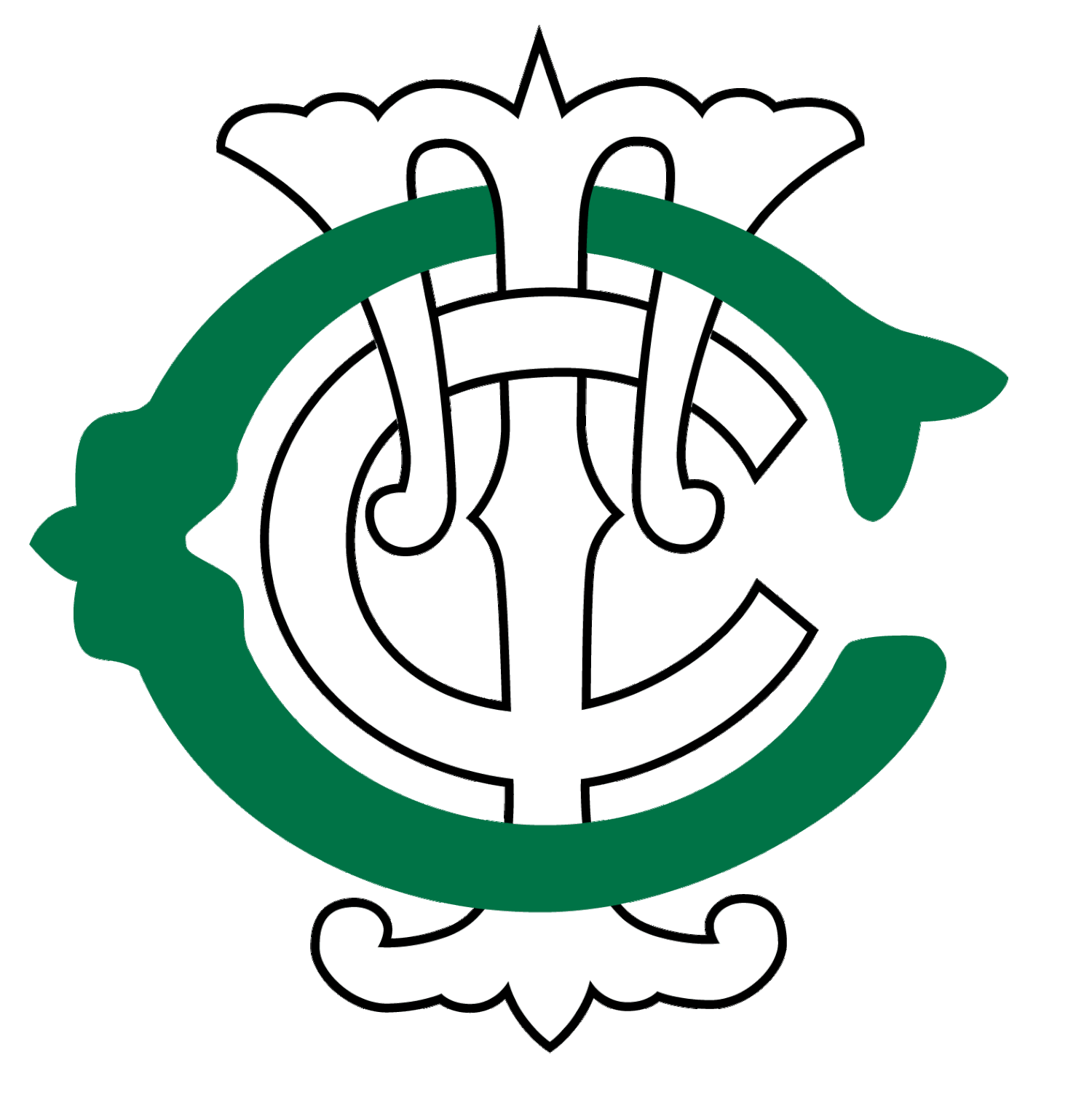ECB/PCA HELMET GUIDANCE
The ECB and PCA strongly encourage all cricket clubs and cricketers to review their existing head protector equipment. In this Guidance Note, references to “head protectors” means helmets with a faceguard or grille.
The design and manufacture of cricket head protectors is now governed by British Standard BS7928:2013, which has been adopted by the ICC as the international standard. The standard ECB/PCA playing contract for professional cricketers also specifies that any helmet provided to a player by his employer club must meet this safety standard.
Note that BS7928:2013 specifies different tests for helmets to be used in senior and junior cricket, reflecting the smaller ball size used in the latter.
The helmets listed below are those for which evidence has been provided to the ECB by the relevant manufacturer that the standard has been met and the appropriate authority to display a “CE quality mark” granted.
That list distinguishes between helmets which are approved for use in senior and junior cricket, and also includes some helmets which have been approved for use at both levels.
Key Features of the New Safety Specification
The key features of the new specification, BS7928:2013, are:
it now includes a facial contact projectile test that assesses for penetration of the ball through the faceguard, and contact of the faceguard onto the face, using realistic ball impact speeds and conditions.
head protectors have been tested separately against men’s and junior sized cricket balls (a five-and-a-half ounce ball and a four-and-three-quarter ounce ball, respectively).
Women’s cricket
There was neither a pre-existing specific women’s head protector nor is there any BSi specification for women’s cricket head protectors.
However, as the size of the standard women’s cricket ball is between the standard men’s and junior’s balls, it is recommended that women use head protectors which have been tested against both the men’s and junior sized ball or at least against the junior size ball (because the smaller ball could potentially get through the gap above the faceguard on a men’s head protector).
Junior cricket
Since 2000, the ECB has published safety guidance regarding the wearing of head protectors by all cricketers under the age of 18. The ECB’s current guidance is that all cricketers under the age of 18 must wear a head protector whilst batting in matches or practice sessions. The ECB also now strongly recommends that junior players use head protectors which have been tested against the junior sized ball.
Wicketkeepers under the age of 18 should wear a head protector with a faceguard, or a wicketkeeper face protector, at all times when standing up to the stumps.
Any individual taking responsibility for any player(s) under the age of 18 should take reasonable steps to ensure this guidance is followed at all times. No parental consent to the non-wearing of a head protector should be accepted.
Risk of injury
Whilst the ECB and PCA consider that head protectors are an essential part of a cricketer’s kit to mitigate the risk of death, injury or disability, it must be remembered that wearing a head protector cannot entirely eliminate that risk. The new specification makes head protectors safer than before, but cannot eliminate the risk of injury.
Things to look out for in purchasing a new head protector
The ECB and PCA has issued this guidance in order to heighten understanding, so that informed decisions as to which head protectors to purchase and use can be made by all cricketers.
Head protectors that have been tested against and comply with the new specification will be clearly labelled “BS7928:2013” and will contain clear labelling setting out whether the head protector has been tested against
(i) a men’s standard ball size of 5 ½ ounces,
(ii) a junior standard ball size of 4 ¾ ounces, or
(iii) both men’s and junior size balls.
The list of known head protectors that have met BS7928:13 appear on the ICC Website:
Please read our helmets FAQs (PDF 29kb) if you have further questions, and download the poster (PDF 106kb) for use at your club.
